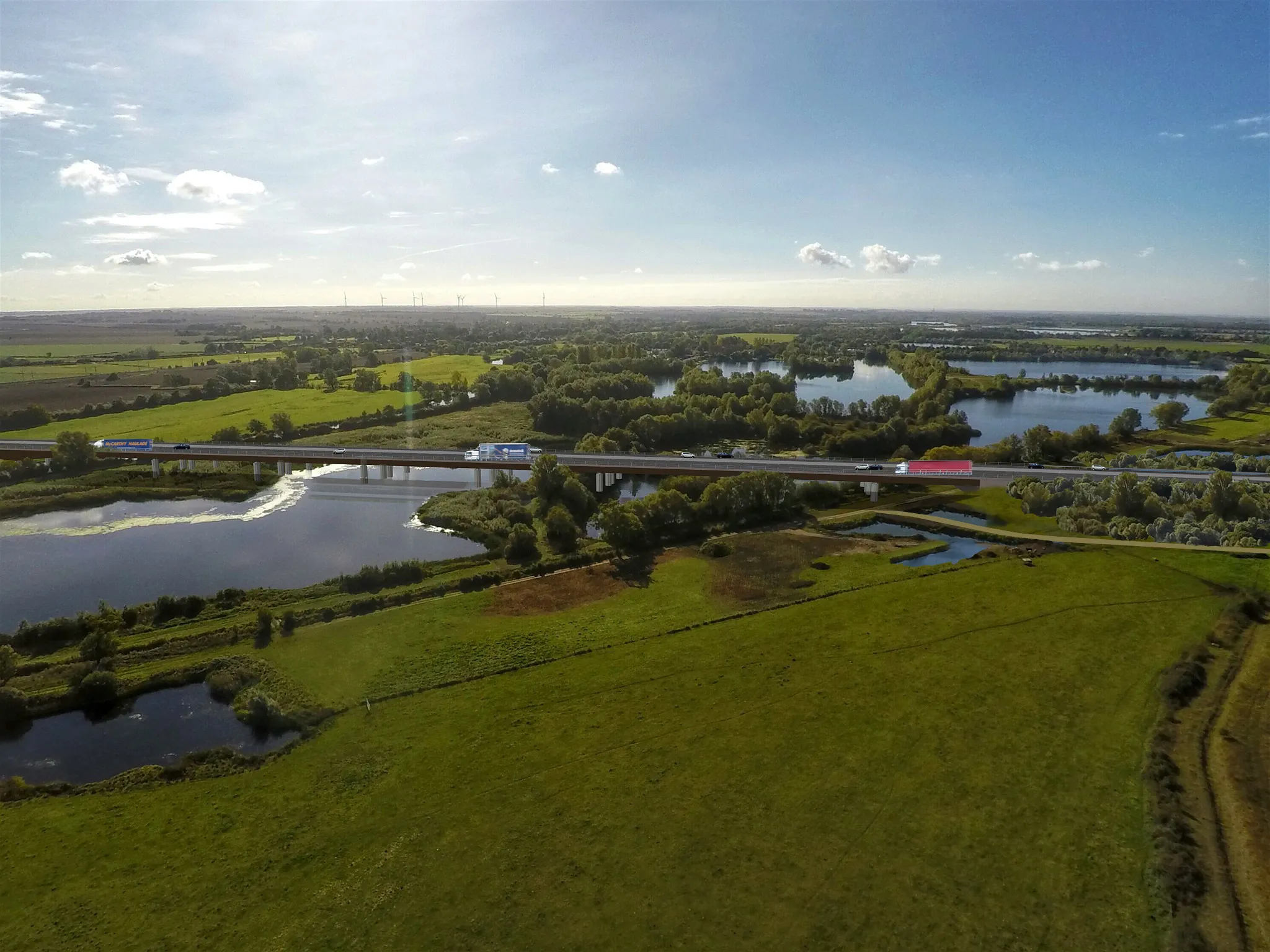Barrier and crash cushion systems can make a great deal of difference to roadway safety, with new technology offering major benefits to road users. In North America and Western Europe, concrete centre line dividers are being used for many major highways as these provide a durable solution for preventing cross-over accidents with large vehicles such as heavy trucks. It is worth noting too that other countries are now adopting concrete barriers for highway centre line dividers also, with this system being use
February 8, 2012
Read time: 4 mins

Barrier and crash cushion systems can make a great deal of difference to roadway safety, with new technology offering major benefits to road users
In North America and Western Europe, concrete centre line dividers are being used for many major highways as these provide a durable solution for preventing cross-over accidents with large vehicles such as heavy trucks. It is worth noting too that other countries are now adopting concrete barriers for highway centre line dividers also, with this system being used on new or upgraded highways in many Eastern European nations as well as parts of Africa for example. Specialist firmHowever, other solutions are needed for other roadway safety requirements. Steel barriers are used in many installations, while technologies have also been developed to meet the safety needs of vulnerable road users.
In the UK
The Xtension 110 P4 terminal is manufactured by
The system is also said to be fairly easy and quick to install as it features relatively few parts compared with some rival systems. As it requires few parts, this also helps reduce stocks for the contractor and overall costs for the client. Arbus Civil Engineering is now working along the M11 installing a further 30 systems.
Meanwhile, Highway Care has installed safety barriers on the UK's busy A12 at Colchester delete as part of the new Junction 28 bridge construction. In all some 288m of BarrierGuard N2 W2 Minimum Deflection Barrier has been placed on the hard shoulder of both the northbound and southbound carriageways for
The installation was carried out to protect site personnel while work was completed for the bridge to cross the A12 as part of a new junction. The BarrierGuard N2 W2 steel safety barrier has been designed for use at roadworks on high- speed roads and was chosen by Carillion Civil Engineering for its low deflection and fast installation time. BarrierGuard N2 W2 is a low working width temporary steel barrier and protects site personnel while giving them a greater area in which to carry out construction and maintenance work.
Protecting vulnerable road users The innovative Biker Mate post cushion system been installed on the A4071 Rugby Western Relief Road, to help boost safety for motorcyclists. The road links the A45 and the M6/M1 motorways and as such is an extremely busy traffic route and very popular with motorcyclists.
An engineer from Warwickshire County Council said that the Biker Mate was selected to protect the post as concern had been raised in a safety audit. Checking the market revealed that the Biker Mate from
Biker Mate is an impact absorption cushion and is specifically designed for the safety of motorcycle riders. It features an outer case manufactured from UV stabilised polypropylene plus inserts of multi-layered pressload cushions it is low-cost and suitable for most roadside structures including sign posts, lighting columns and signal poles.








